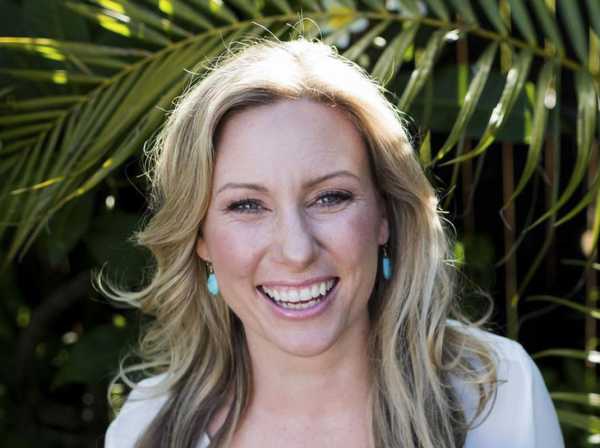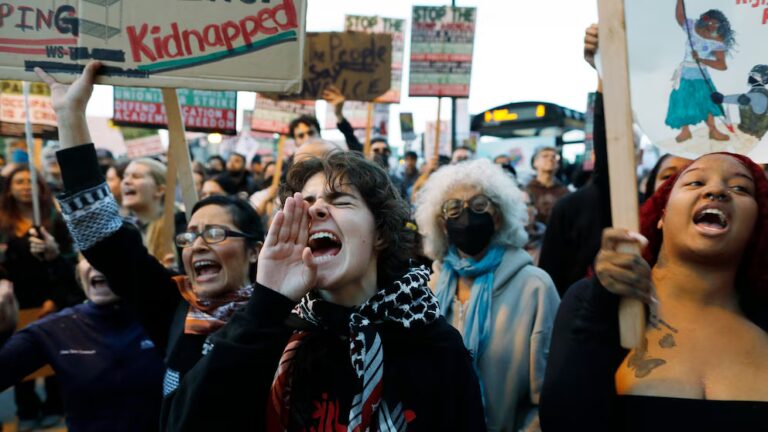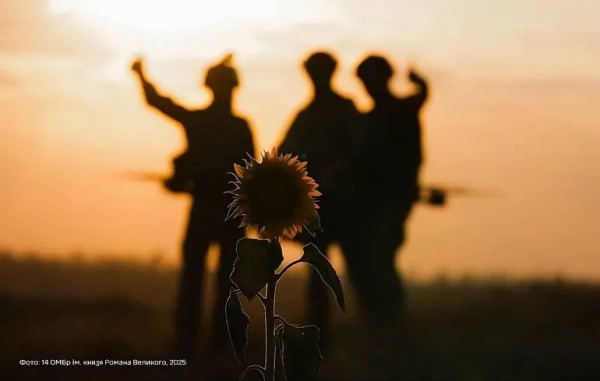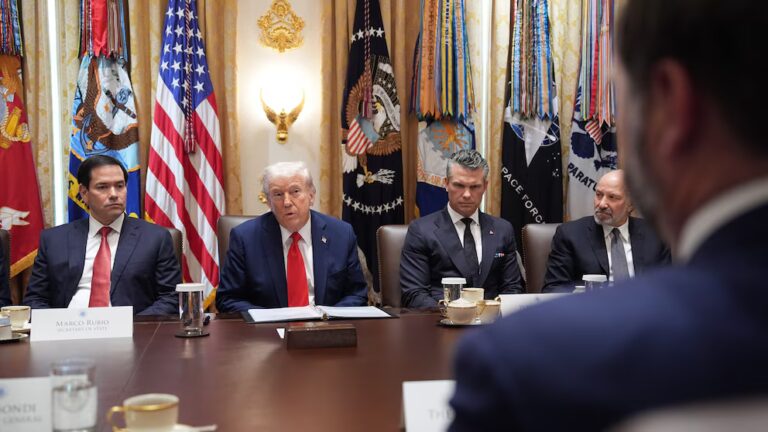
The Minneapolis police officer who shot and killed an unarmed 40-year-old woman in July has been charged with third-degree murder and second-degree manslaughter.
Officer Mohamed Noor turned himself in on Tuesday, the Guardian reported. The charges come more than eight months after Noor shot and killed Justine Damond just minutes after she called 911 to report a possible crime. If convicted, Noor could face potentially decades in prison.
“No charges can bring our Justine back,” Damond’s family said in a statement. “However, justice demands accountability for those responsible for recklessly killing the fellow citizens they are sworn to protect, and today’s actions reflect that.”
Damond, who worked as a yoga and meditation instructor, had called 911 to report a possible sexual assault outside her home. Officer Matthew Harrity, who was driving the squad car, indicated that he was startled by a loud noise as he approached Damond’s home. Damond then immediately approached the car from the driver’s side. Noor, who was sitting in the passenger’s seat, fired his weapon, hitting and killing Damond.
The officers then reportedly tried to offer emergency medical care to Damond, but they were unable to revive her. She was pronounced dead at the scene.
The officers’ body cameras weren’t turned on until after the shooting, and the police car’s camera apparently didn’t capture the incident.
The shooting quickly received international attention, because Damond is from Australia and was set to be married soon.
The shooting has been investigated by the Minnesota Bureau of Criminal Apprehension (BCA). Investigators interviewed Harrity, but Noor declined to be interviewed. Hennepin County Attorney Mike Freeman ultimately opted to bring charges in the case.
For critics, the shooting raised several questions at the time: Why weren’t the officers’ body cameras on? And especially due to the international attention, why is it that American police seem to resort to force more often than law enforcement officers in other developed countries around the world?
Police didn’t have their body cameras on when they shot Damond
Both officers had body cameras, but they weren’t turned on when one cop opened fire.
This gets to one of the major ongoing problems with the devices as more and more police departments adopt them: While cameras are meant to hold police accountable, it’s ultimately the police who control when the cameras turn on. That makes it possible for cops, on purpose or not, to effectively cover up an act of bad policing.
According to the American Civil Liberties Union, the officers’ failure to turn on their cameras violates Minneapolis police policy, which has been in place for body cameras since at least 2016.
In particular, policy 4-223 says that officers should manually activate their cameras “prior to any use of force. If a [body-worn camera] is not activated prior to a use of force, it shall be activated as soon as it is safe to do so.” It also says that officers should turn on their cameras during “any contact involving criminal activity,” “any contact that is, or becomes adversarial,” and “any citizen contact.” All of these rules indicate that the cameras should have been rolling before police shot Damond.
But it’s one thing to have these rules on their books and another to get officers to actually follow them. The lack of video in the Damond shooting shows how this process can fail — and make it more difficult to hold police accountable.
American police use force more often than police in other developed countries
Police officers in the US shoot and kill nearly 1,000 people a year, according to the Washington Post’s database — far more than other developed countries like the UK, Australia, Japan, and Germany, where police officers might go an entire year without killing more than a dozen people or even anyone at all.
For example, a 2015 analysis by the Guardian found that “US police kill more in days than other countries do in years.” Between 1992 and 2011, Australian police shot and killed 94 people. In 2015, US police shot and killed 97 people just in March. These differences are not explained by population, since the US is about 14 times as populous as Australia but, based on the Guardian’s count, has hundreds of times the fatal police shootings.
One explanation for this disparity is that deadly crime is much more common in the US, putting police in more situations in which the use of force is necessary. As data from the Organisation for Economic Co-operation and Development shows, the US homicide rate throughout the 2000s was nearly four times the rate of Canada, more than four times that of the UK, nearly six times that of Australia, and more than 10 times that of Germany.
But why does the US have a much higher violent crime rate than other countries? One explanation: Americans are much more likely to own guns than their peers around the world. This means that conflicts — not just between police and civilians but between civilians — are more likely to escalate into deadly, violent encounters.
The research bears this out: More guns lead to more gun violence. Reviews of the evidence, compiled by the Harvard School of Public Health’s Injury Control Research Center, have consistently found that when controlling for variables such as socioeconomic factors and other crime, places with more guns have more gun deaths. One review of 130 studies in 10 countries, published in Epidemiologic Reviews, found that new legal restrictions on owning and purchasing guns tended to be followed by a drop in gun violence — a strong indicator that restricting access to guns can save lives.
For police in particular, one study found that every 10 percent increase in firearm ownership correlated with 10 additional officers killed at the state level over a 15-year period.
This is a result of cultural and policy decisions made by the US that have made firearms far more available in America than most of the world. For American police officers, this means they not only will encounter more guns, but they expect to encounter more guns, making them more likely to anticipate and perceive a threat and use deadly force as a result.
Other factors, such as differences in police training as well as socioeconomic and cultural variables, play a role in the higher rates of police violence as well. There are also sharp racial disparities in police use of force, with black Americans much more likely to be shot and killed by police than their white counterparts.
Whatever the cause, America simply has more police violence than comparable countries.
Police only have to reasonably perceive a threat to justify shooting
Noor is now facing trial for killing Damond. But the case against him has to overcome a big hurdle: Police in America are generally given wide latitude to use force.
Legally, police officers’ most important line of defense in these shootings is whether they reasonably believed their lives were in immediate danger, not whether the shooting victim actually posed a threat.
In the 1980s, a pair of Supreme Court decisions — Tennessee v. Garner and Graham v. Connor — set up a framework for determining when deadly force by cops is reasonable.
Constitutionally, “police officers are allowed to shoot under two circumstances,” David Klinger, a University of Missouri St. Louis professor who studies use of force, previously told Dara Lind for Vox. The first circumstance is “to protect their life or the life of another innocent party” — what departments call the “defense-of-life” standard. The second circumstance is to prevent a suspect from escaping, but only if the officer has probable cause to think the suspect poses a dangerous threat to others.
The logic behind the second circumstance, Klinger said, comes from a Supreme Court decision called Tennessee v. Garner. That case involved a pair of police officers who shot a 15-year-old boy as he fled from a burglary. (He’d stolen $10 and a purse from a house.) The court ruled that cops couldn’t shoot every felon who tried to escape. But, as Klinger said, “they basically say that the job of a cop is to protect people from violence, and if you’ve got a violent person who’s fleeing, you can shoot them to stop their flight.”
The key to both of the legal standards — defense of life and fleeing a violent felony — is that it doesn’t matter whether there is an actual threat when force is used. Instead, what matters is the officer’s “objectively reasonable” belief that there is a threat.
That standard comes from the other Supreme Court case that guides use-of-force decisions: Graham v. Connor. This was a civil lawsuit brought by a man who’d survived his encounter with police officers, but who’d been treated roughly, had his face shoved into the hood of a car, and broken his foot — all while he was suffering a diabetic attack.
The court didn’t rule on whether the officers’ treatment of him had been justified, but it did say that the officers couldn’t justify their conduct just based on whether their intentions were good. They had to demonstrate that their actions were “objectively reasonable,” given the circumstances and compared to what other police officers might do.
What’s “objectively reasonable” changes as the circumstances change. “One can’t just say, ‘Because I could use deadly force 10 seconds ago, that means I can use deadly force again now,’” Walter Katz, a California attorney who specializes in oversight of law enforcement agencies, previously said.
In general, officers are given lot of legal latitude to use force without fear of punishment. The intention behind these legal standards is to give police officers leeway to make split-second decisions to protect themselves and bystanders. And although critics argue that these legal standards give law enforcement a license to kill innocent or unarmed people, police officers say they are essential to their safety.
For some critics, the question isn’t what’s legally justified but rather what’s preventable. “We have to get beyond what is legal and start focusing on what is preventable. Most are preventable,” Ronald Davis, a former police chief who previously headed the Justice Department’s Office of Community Oriented Policing Services, told the Washington Post. Police “need to stop chasing down suspects, hopping fences, and landing on top of someone with a gun,” he added. “When they do that, they have no choice but to shoot.”
Cops are rarely prosecuted
Police are very rarely prosecuted for shootings — and not just because the law allows them wide latitude to use force on the job. Sometimes the investigations fall onto the same police department the officer is from, which creates major conflicts of interest. Other times the only available evidence comes from eyewitnesses, who may not be as trustworthy in the public eye as a police officer.
“There is a tendency to believe an officer over a civilian, in terms of credibility,” David Rudovsky, a civil rights lawyer who co-wrote Prosecuting Misconduct: Law and Litigation, previously told Amanda Taub for Vox. “And when an officer is on trial, reasonable doubt has a lot of bite. A prosecutor needs a very strong case before a jury will say that somebody who we generally trust to protect us has so seriously crossed the line as to be subject to a conviction.”
If police are charged, they’re very rarely convicted. The National Police Misconduct Reporting Project analyzed 3,238 criminal cases against police officers from April 2009 through December 2010. They found that only 33 percent were convicted, and only 36 percent of officers who were convicted ended up serving prison sentences. Both of those are about half the rate at which members of the public are convicted or incarcerated.
The statistics suggest that it would be a truly rare situation if the officer who shot and killed Damond was convicted of a crime.
Sourse: vox.com






